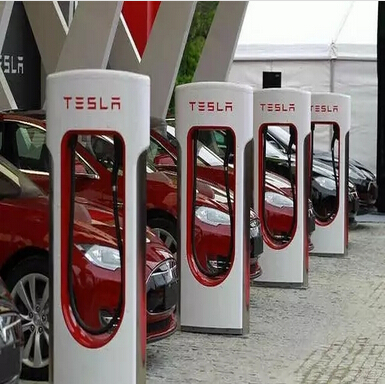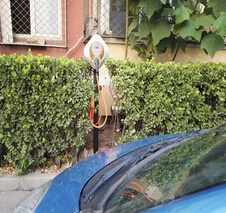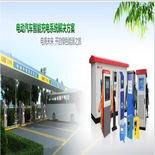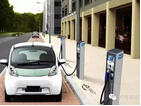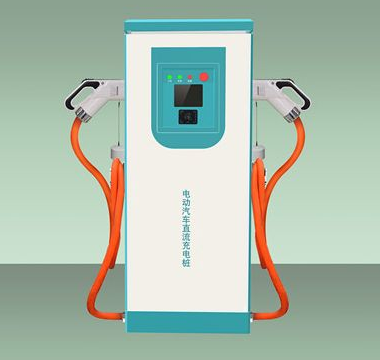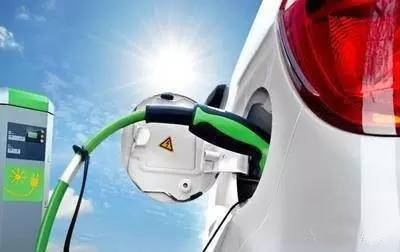In recent years, although the new energy vehicle market has developed rapidly, the lack of public charging piles, low battery life and long charging time are still the key factors restricting the development of new energy vehicles. Therefore, how to improve the cruising range of vehicles and shorten the charging time has become an industry consensus.
The industry believes that the easiest way to improve the cruising range of electric vehicles is to increase the capacity of the power battery and increase the voltage of the vehicle's power battery up to 1000V. The way to reduce the charging time is to output the charging pile under the conditions allowed by the power battery. The voltage is raised to 1000V, and the charging current is increased to 350A, and the maximum power is 350KW. Therefore, the advantages of high-voltage and high-power charging piles will be more prominent.
At present, many multinational auto companies have begun to plan to build a super-charged infrastructure, and the proposed high-power charging of 350kW, 1000V/350A. Recently, the first ultra-fast charging station of the European fast charging alliance Ionity, which was formed by Daimler, Volkswagen, Ford and BMW, has been launched. Before the end of May, users can charge for free at this charging station. The charging pile is charged by the joint charging system, and the charging power is up to 350 KW, which can effectively save the charging time. Ionity plans to deploy a total of 100 charging stations by the end of 2018. By 2020, 400 charging stations will be deployed throughout Europe.
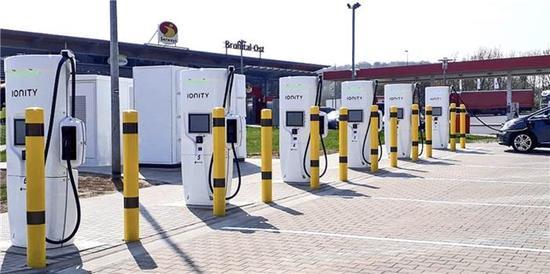
Ionity's first ultra-fast charging station
It is understood that the association is also promoting the development of high-power charging technology. However, on the issue of whether to promote the 350kW high-power charging infrastructure in a large area, CHAdeMO said that in 2020, 350kW high-power charging facilities will not be directly built, but the 350kW high-power charging technology will be actively tested.
CHAdeMO's propulsion method is relatively reasonable, because high-power charging technology involves many problems, including socket design, temperature management, life management, cooling system, cost problems and impact on the grid. These problems need to constantly explore the technology and actively verify the experiment.
For China, China is currently the country with the largest production and sales of new energy vehicles in the world, and the country with the largest number of electric vehicle users. Buses, taxis, logistics vehicles and shared vehicles have an urgent need for high-power fast charging, shortening charging time, reducing operating costs, and improving operational efficiency, directly bringing about an increase in operating income. In addition, there are fewer parking spaces for electric vehicles in China, and the effect of public slow-filling piles is not good. Therefore, users also have certain demands for fast charging. In addition, on the expressway, users hope to shorten the charging time, and the demand for fast charging is more urgent.
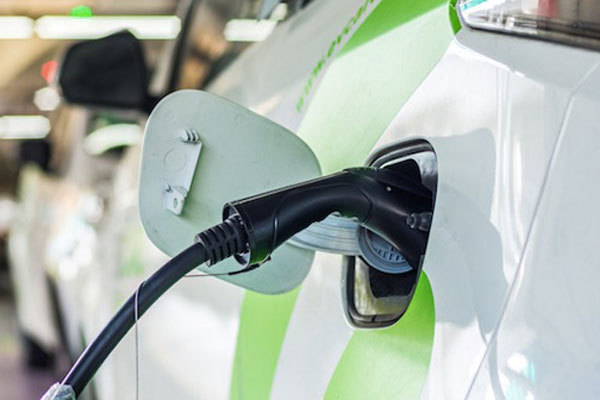
From the point of view of the charging pile enterprise, the charging module is the core component of the DC charging pile. To develop a high-power charging pile, it is necessary to use more charging modules, a 350KW DC charging pile. If a 15KW charging module is used, 24 parallel connections are required. With a 30KW charging module, only 12 parallel connections are required. The smaller the number of modules connected in parallel, the more stable and reliable the current sharing and control between modules. The higher the integration degree of the charging pile system, the more cost advantage, so the higher the power of the DC charging pile, the more prominent the advantage of the 30KW charging module. Shenzhen Youyou Green Energy Electric Co., Ltd. (referred to as “Youyou Green Energy”) first launched the 30KW charging module in June 2017. Until now, it is still the only manufacturer with mature 30KW module technology in China, and the only one that has been mass-produced. 30KW module and market-tested module manufacturer. Since the power density of the 30KW charging module is as high as 45W/in3, the conversion efficiency is as high as 96%, the product performance is excellent, the cost advantage is obvious, and the high-end high-power DC fast charging market has been quickly seized.
As early as 2015, when domestic pile enterprises generally used 7.5KW charging module as the core component of charging pile, Youyou Green was the first to introduce ultra-small 15KW charging module with power density up to 33.75 W/in3, and the output range has already met 200-750V. Wide range, conversion efficiency of up to 96%, standby power consumption of less than 10W, leading the technical development of the entire industry charging module. At present, Youyou Green has the most comprehensive product series in the field of charging pile power modules, including: 30KW series, 20KW series, 15KW series, State Grid constant power series, etc., and maintains the leading position of technology and products. Youyou Green can launch the 20KW ultra-wide constant power module to achieve a voltage range of 200-1000V, and smoothly output 20KW constant power in the range of 400-1000V, without the need for power-off switching. This product is favored by many domestic and foreign high-end customers.
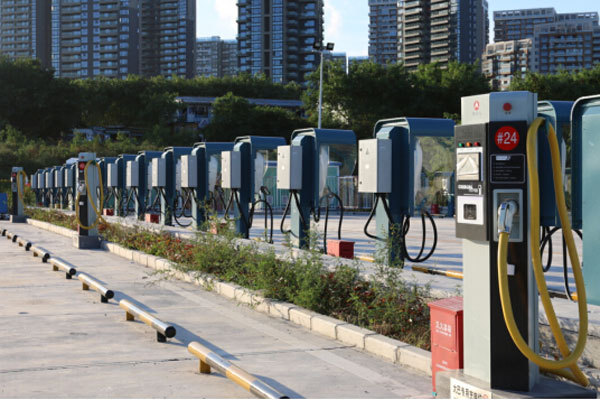
State Grid Electric Vehicle Service Co., Ltd. Jiang Bing made a pre-judgment on the future charging infrastructure market. He believes that by 2020, the price of power batteries will drop by half and the energy density will double. With the improvement of the charging infrastructure, electric vehicles are more convenient than fuel vehicles in 2020. The life of electric vehicles is generally more than 400km, and the replacement of electric vehicles with energy vehicles is undergoing a strategic historical process. It is worth mentioning that the charging pile technology will usher in higher standards. In 2018, new energy vehicles will have high-pressure fast-filled joint-venture automobile products. At present, joint venture automobile enterprises have planned to build high-voltage fast charging and charging equipment to meet the future use of products.
















 RCCN WeChat QrCode
RCCN WeChat QrCode Mobile WebSite
Mobile WebSite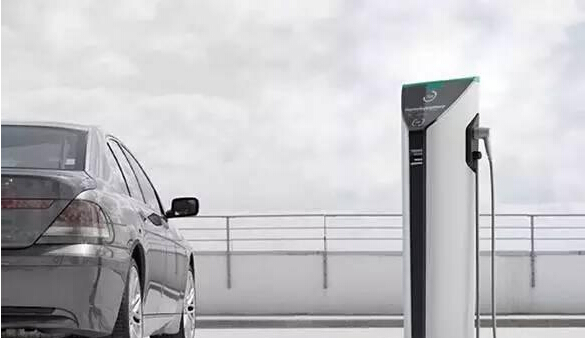
![[Charge pile principle] electric vehicle charging pile principle Secret](/upload/image/20170504/20170504090205_67304.jpg)
